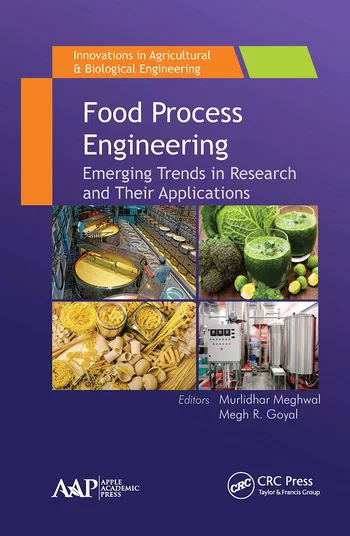Market Research
Fish Protein Hydrolysates to Gain Momentum in Animal Feed Applications

Animals form a key part of the global food supply chain since most of the population worldwide consumes high protein content from animal products like meat, eggs or milk. As per OECD-FAO projections, the growth in global meat protein consumption over 2021-2030 is predicted to surge by 14%. However, the breakout of several infections and diseases in animals is expected to hinder animal health and development, negatively affecting the supply chain.
According to the World Organization for Animal Health, more than 50 wildlife diseases can have a serious impact on livestock and public health. In this case, implementing appropriate nutritional strategies that support and strengthen the immune efficiency and development of animal health, and promote intestinal integrity and functionality are critical to enhancing stress tolerance and disease in animals.
This is where protein hydrolysates for animal feed applications come to the rescue. Several research projects are underway to analyze the impact of protein hydrolysates in animal feeds. For instance, Bio-marine Ingredients Ireland Ltd., in alliance with Irish Research Council’s Enterprise Partnership, launched a 12-week feeding trial in March 2020 to study the effects of high plant-protein diets on the gut health and growth performance of Atlantic salmon.
The firm hopes that the results of this study would open up new avenues for the protein hydrolysates market for animal feed application through increasing demand for sustainable aquaculture feed.
Expanding Aquaculture Business: A Hope for Fish Protein Hydrolysates Market
The global population is expanding at a staggering rate with estimates predicting the count to surpass 9.7 billion by 2050. In order to meet the growing nutrition requirement of this population, the food supply needs to be increased by around 25%-70% in the coming years as well. This could probably be accommodated by the thriving aquaculture industry and fish farming.
An invaluable source of different nutrients and micronutrients, fish has rapidly established itself as a fundamental component in various diets across the globe, making strong contributions toward maintaining the global food supply. Worldwide, fish provides more than 1.5 billion people with about 20% of their per capita intake of animal protein and nearly 3 billion people with 15% of such protein.
As the popularity of fish as a protein source grows, the market for fish protein hydrolysates is projected to register appreciable traction in the years to come. High amino acid content is one of the vital factors promoting the benefits of fish protein hydrolysates in various nutritional applications, including animal feed. In aquaculture, especially, the intake of FPHs is gaining massive momentum, given its ability to enhance the metabolic system of animals, thus protecting them from the risk of diseases and infections.
Growing Fish Waste and Disposable Management Could Revolutionize the FPH Demand
The fish processing industry generates and discards a large volume of waste almost every year, estimated at nearly 60% of the biomass. This waste can be transformed to value-added products like fish protein hydrolysates through the addition of various proteolytic enzymes.
FPH from fish processing waste, such as heads, skin, viscera, bones and liver, is a good source of amino acids, proteins, antioxidants and peptides. The waste has also been found to possess desirable bioactive and functional peptides. Companies are now working to progress in using fish waste as protein for animal feed. No exception to this, Indonesia’s BRIN (National Research and Innovation Agency), in December 2021, designed a solution to turn fish waste into protein hydrolysate. The raw material could be used to produce peptone for the cultured meat sector.
Asia Pacific: A New Hotspot for Fish Protein Hydrolysates?
The thriving aquaculture industry in Asia Pacific will help drive the adoption of fish protein hydrolysates for animal feed. As per the Nature Conservancy statistics, Asia Pacific is home to nearly 90% of the global aquaculture industry. Moreover, China, one of the largest sectors practicing fish farming, is set to stand tall in the aquaculture business in the APAC continent. Reports suggest that the country alone provides 62% of the world’s farmed fish production. Speculations have it that the aquaculture sector employs a total of 18.7 million people in the country.
With the expanding scope of aquaculture, China is foreseen to emerge as an impending hub for fish protein hydrolysates through the coming years.
The Road Ahead
The coming years are forecast to witness high demand for plant-protein hydrolysates over animal protein hydrolysates attributed to alarming concerns around animal slaughter and an inclining trend toward veganism. Besides, expanding the animal nutrition business and feed additives industry in North America would potentially spur the demand for protein hydrolysates for animal feed application through 2027.Looking for a reprint of this article?
From high-res PDFs to custom plaques, order your copy today!








